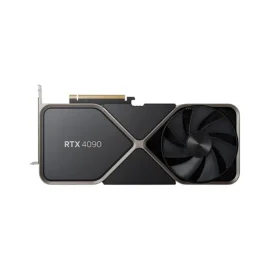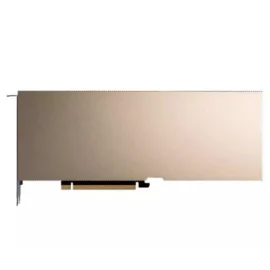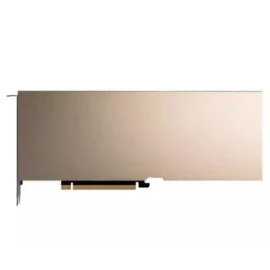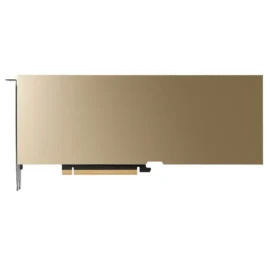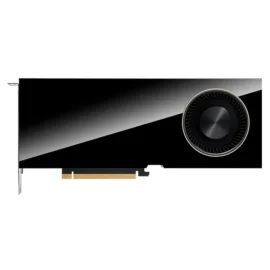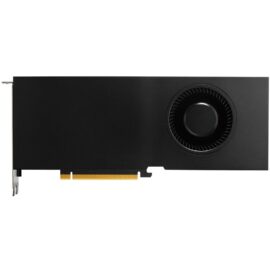The NVIDIA L40 GPU is an advanced graphics card designed to meet the performance demands of AI, graphics rendering, and cloud applications. Tailored for enterprise use, the L40 belongs to NVIDIA’s Ada Lovelace architecture lineup, setting new standards in terms of speed, efficiency, and versatility. Below, we’ll dive into the technical specifications, key features, and real-world applications of the NVIDIA L40 GPU to provide a comprehensive view of what it offers for modern, compute-intensive workloads.
Key Specifications of the NVIDIA L40 GPU
| Specification | Details |
|---|---|
| Architecture | Ada Lovelace |
| Memory | 48GB GDDR6 |
| CUDA Cores | 18,432 |
| Tensor Cores | 568 |
| RT Cores | 142 |
| Memory Bandwidth | 1,152 GB/s |
| Power Consumption | 300W |
Core Features of the NVIDIA L40 GPU
- Ada Lovelace Architecture
Leveraging NVIDIA’s Ada Lovelace architecture, the L40 is engineered for high-performance AI, machine learning, and data analytics. This architecture offers remarkable improvements in power efficiency and processing speed, allowing for greater workloads without the need for substantial power increases. - Massive Memory Capacity
The L40’s 48GB of GDDR6 memory empowers it to handle vast datasets, making it ideal for complex machine learning models and high-fidelity graphics rendering. With its 1,152 GB/s memory bandwidth, the L40 ensures data moves swiftly, reducing latency and boosting application responsiveness. - Next-Gen Tensor and RT Cores
Equipped with 568 fourth-generation Tensor Cores and 142 third-generation RT Cores, the L40 supports advanced AI operations, real-time ray tracing, and high-throughput inference tasks. These cores improve the performance of applications requiring high-precision calculations, accelerating AI models and rendering quality graphics faster than its predecessors. - Enhanced Energy Efficiency
Despite its impressive power, the L40 GPU maintains a reasonable power consumption level of 300W. This efficiency, coupled with Ada Lovelace’s architecture, means the L40 can support intense computing operations without substantial thermal output, reducing cooling requirements in data centers.
Performance Benchmarks
The NVIDIA L40 excels across various performance metrics:
- AI Training and Inference: With its enhanced Tensor Cores, the L40 accelerates AI model training and inference. It is reported to be significantly faster than GPUs from previous generations in tasks such as natural language processing and computer vision.
- Graphics Rendering: In real-time ray tracing and high-definition rendering, the L40 shines with faster frame rates, allowing 3D content creators, animators, and VFX artists to render complex scenes with outstanding fidelity and minimal delay.
- Data Analytics: Data scientists can leverage the L40’s vast memory and computational power for rapid data processing, statistical analysis, and model simulations, making it suitable for industries ranging from finance to healthcare.
Applications of the NVIDIA L40 GPU
- Cloud Data Centers
The L40’s scalable performance capabilities make it ideal for deployment in cloud data centers. Its efficient architecture allows cloud providers to offer high-performance AI services to their users without excessive energy costs, a win for both cloud providers and end users. - AI and Machine Learning
For companies engaged in machine learning, the L40 can handle large, complex datasets, making it invaluable for developing sophisticated models in fields such as autonomous driving, medical diagnostics, and financial forecasting. - 3D Rendering and Content Creation
Visual effects (VFX), animation, and gaming studios benefit from the L40’s high CUDA core count and ray-tracing capabilities. Rendering time is significantly reduced, making it easier to meet deadlines and deliver projects with cinematic-quality graphics. - Virtual and Augmented Reality (VR/AR)
VR and AR applications rely on smooth graphics and real-time data processing to provide immersive user experiences. The L40’s performance in ray tracing and high-fidelity graphics rendering is especially suited to the needs of VR/AR developers who aim to achieve realistic simulations.
NVIDIA L40 vs. Previous Generation GPUs
The L40 GPU introduces substantial improvements over NVIDIA’s previous A40 model, especially in terms of processing speed, memory, and AI capabilities. The Ada Lovelace architecture brings roughly a 2x performance improvement, thanks to its advanced core structure and energy-efficient design. This allows the L40 to process larger data sets and perform more calculations without a proportional increase in power consumption or thermal output.
Conclusion
The NVIDIA L40 GPU stands out as a powerful, efficient solution for demanding AI, graphics, and data center applications. Its robust specifications, enhanced core technologies, and versatile application range make it an ideal choice for organizations looking to future-proof their infrastructure. Whether for accelerating AI models, rendering high-fidelity graphics, or powering VR/AR applications, the NVIDIA L40 is well-positioned to lead the next generation of high-performance GPUs.
